As spring is shifts towards summer, things are moving towards a “new normal” with the quarantine tentatively eased. Among the lessons of the pandemic, two of the more valuable are a greater appreciation of nature and an awareness of the importance of sustainability in times of crisis.
There are many uncertainties about our near future, but this crisis has made us aware of the fragility of our environment and society. We may now be in a better position to face future challenges. We have learned to convert hard times into quality family time and to be prepared for difficult situations. We have discovered the value of our outdoor spaces, including our yards, as well the human need for contact with nature.
For those fortunate enough to have a yard, the shutdown has increased our appreciation of this bit of space more than ever. My neighbors are using their yards like never before. Families gather in their backyards like our parents used to. Many are starting vegetable gardens in the face of possible food scarcity, while other are expanding and reshaping their gardens. The smell of barbeque is common in the neighborhood, as is the sound of kids playing outside.
Albert Einstein said, “We can’t solve problems by using the same kind of thinking we used when we created them.” In this challenging time, we need to adapt to our new reality, keep a positive mind, and look for alternatives and solutions. The Coronavirus grew out of the fraught relationship of humanity with the natural world, and in that sense, it is part of the global environmental crisis. Our planet is in danger, and local and immediate actions are needed. Each of us can be part of the of the social and ecological transformation needed to put things right. You and your family can make important contributions from home.
“Nature’s Best Hope,” a new book by renowned entomologist and ecologist Douglas Tallamy, offers a clear vision of steps each of us could take to support the natural world in our own yards and communities. Tallamy points out that only small, isolated fractions of our nation’s land are set aside as nature reserves and national parks. How can we expand nature’s territory and create corridors connecting these isolated reserves? The solution, he says, is in our own backyards and local parks.
Tallamy presents the concept of a “Homegrown National Park.” The individual actions of millions of people in and around their homes could create space for nature far greater than the total area of all our national parks. We should view nature not as something existing in distant isolated pockets. We live in nature. It is right here, just outside our windows, and the actions we take in our own yards and communities can provide nature with the lifeline it needs – and nurture us at the same time.
For homeowners, the yard is a piece of land where we are free to do as we like. Let’s rethink how we use that land; we can convert our yards into sanctuaries for nature. Even transforming a portion of our unsustainable lawns into an attractive landscape to sustain beneficial wildlife, like pollinators and birds, can help. Tallamy suggests a goal of cutting lawn size in half. Imagine if 50% of Montclair lawns were replaced with pollinator gardens and trees, along with vegetable gardens. Besides the benefits for wildlife, our air quality would be better due to less use of power machines. There would be space freed up for fresh homegrown food, and we could help make up for the loss of Montclair trees due to the emerald ash borer. And think of the savings from cutting your lawn maintenance bills in half!
Don’t have a yard of your own? You can adopt a neglected space in a local park or other public area to create a pollinator garden or plant a tree. Just a few pollinator-sustaining native plants make an important difference.
What to do and why
Lawn Reduction: Lawns are the least ecologically beneficial of our plantings but the most common landscaping practice. They have their uses as spaces for social gatherings and games, but there is way too much of them. Consider how much of your lawn you actually need and how much could be converted to more productive – and more beautiful – uses.
- Reduce use of harmful chemicals: Reducing lawn size is an important step in this direction since the manicured suburban lawn is usually heavily doused with toxic chemicals. Think of those signs posted on Montclair lawns warning off children and pets following visits by lawn maintenance companies, and think of the effects these treatments have on pollinators and birds.
- Create a wildlife habitat: The areas liberated from lawn open up space for nature. Loss of habitat is a major threat to native plants and animals. Creating a wildlife habitat in your yard brings beauty and pleasure to your family and neighborhood, and makes you a part of the Homegrown National Park.
- Create a pollinator garden: Pollinators are in decline and you can help them to survive. Pollinator gardens provide food in the form of pollen and nectar, as well as essential host plants for caterpillars, to ensure that these important insects will stay around to pollinate our flowers, fruits, and vegetables. Our native pollinators get little benefit from the exotic plants used in conventional landscaping, and a manicured lawn is about as useful to them as a parking lot.
- Grow your own food: Enjoy fresh, in-season, pesticide free vegetables. Gardening provides gentle exercise, improving physical and mental health. Growing your own food also benefits the environment by reducing fossil fuel use from long distance transportation.
So be part of the Homegrown National Park! Transform your yard or nearby open space into a nature sanctuary where humans, wildlife and plants can thrive and support each other.
